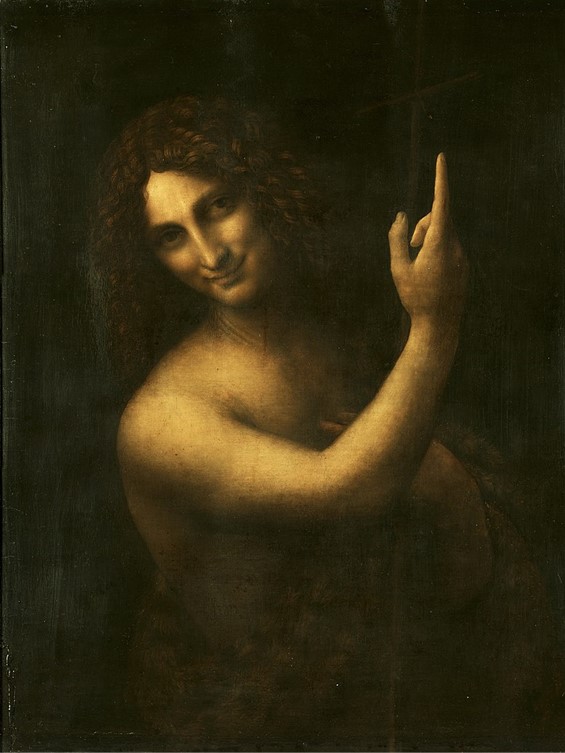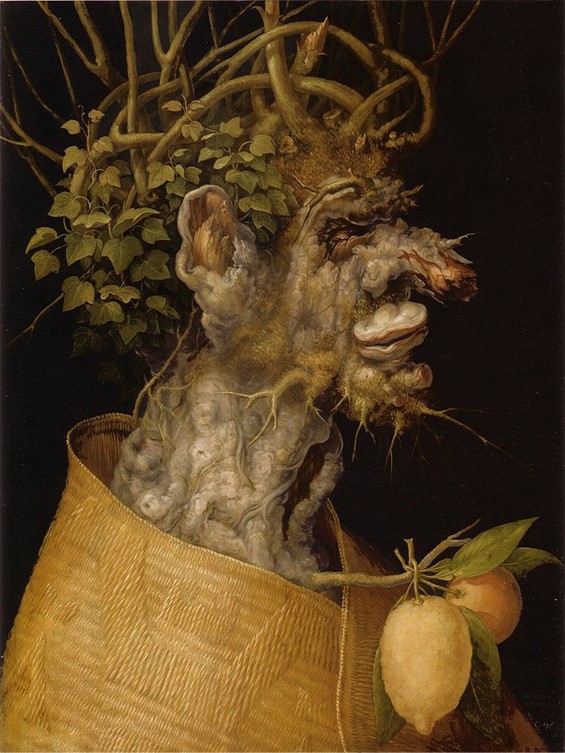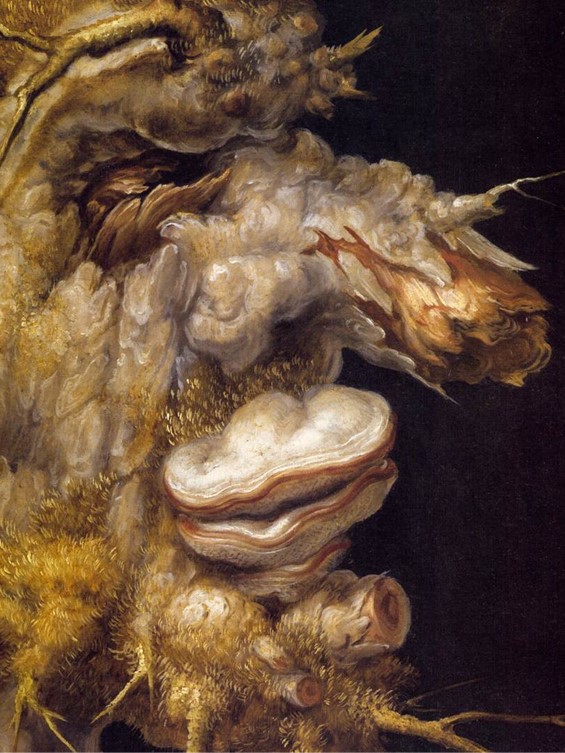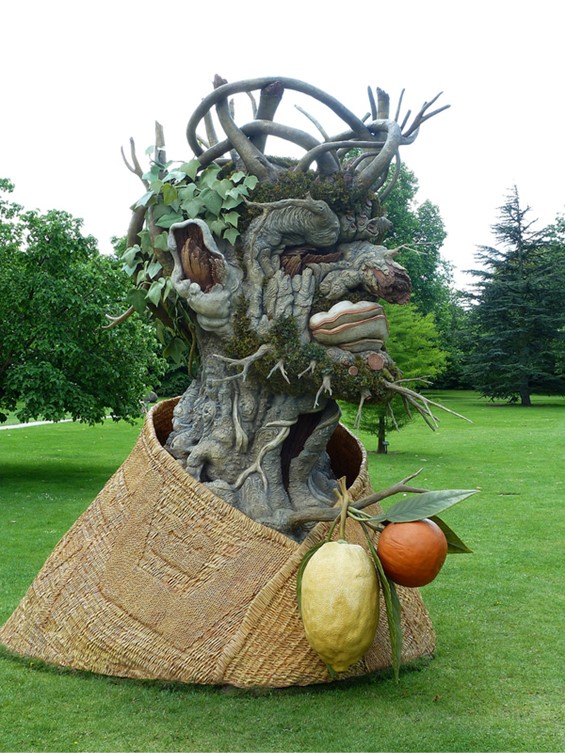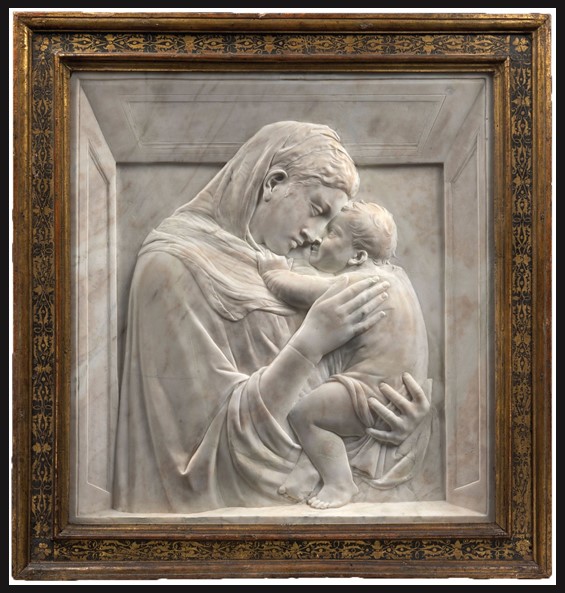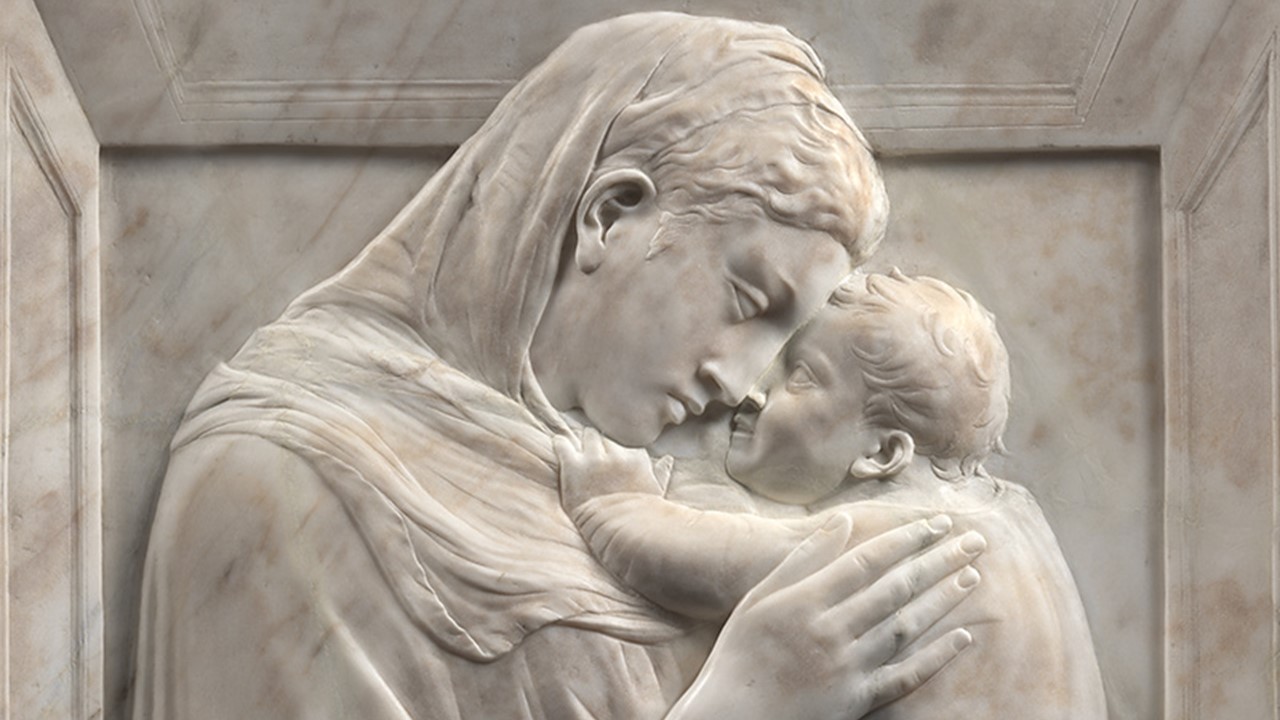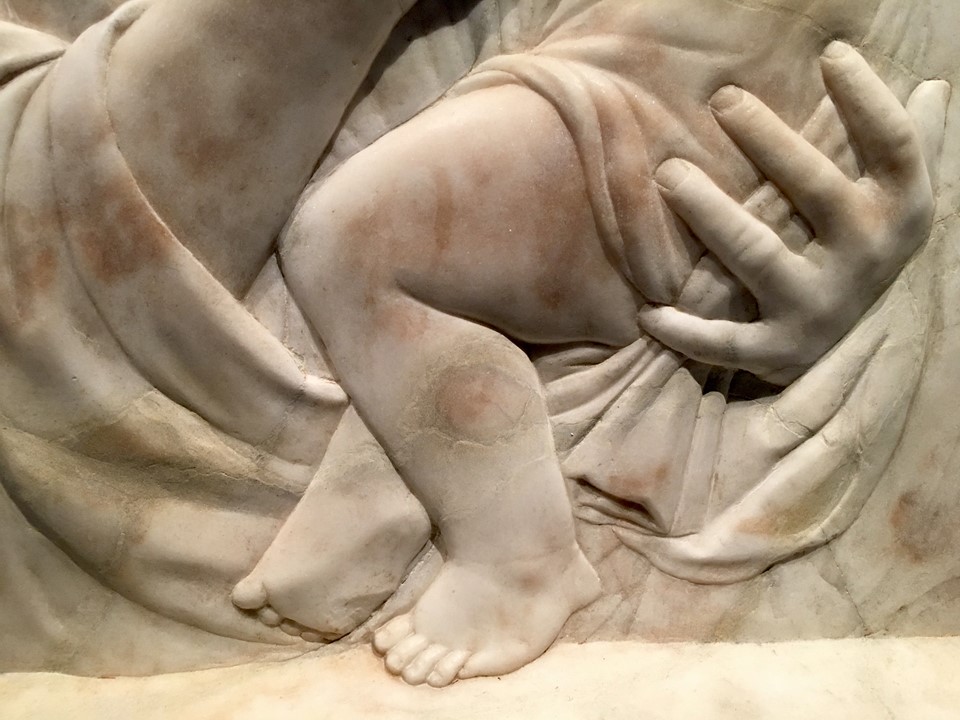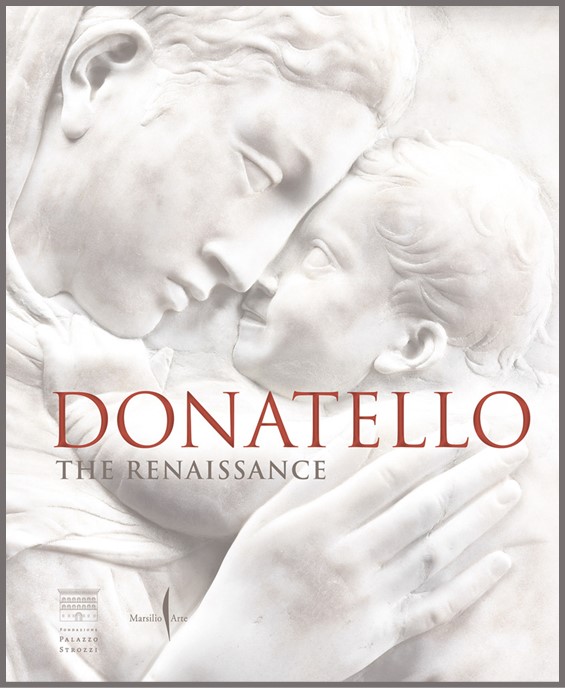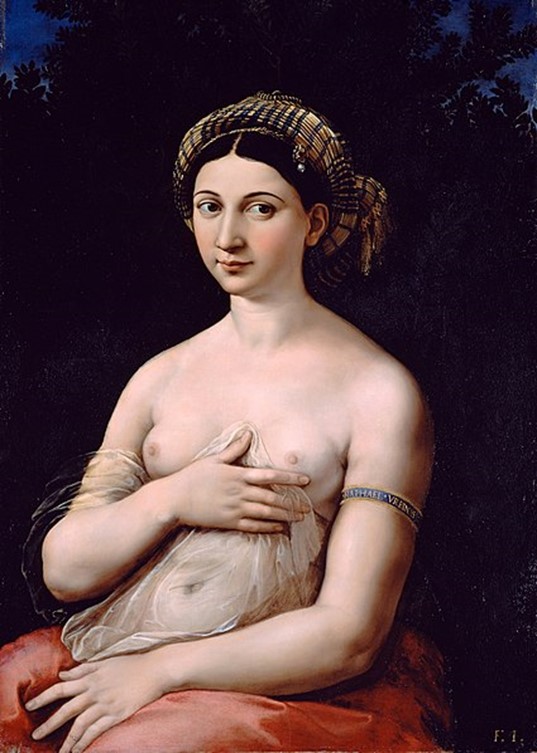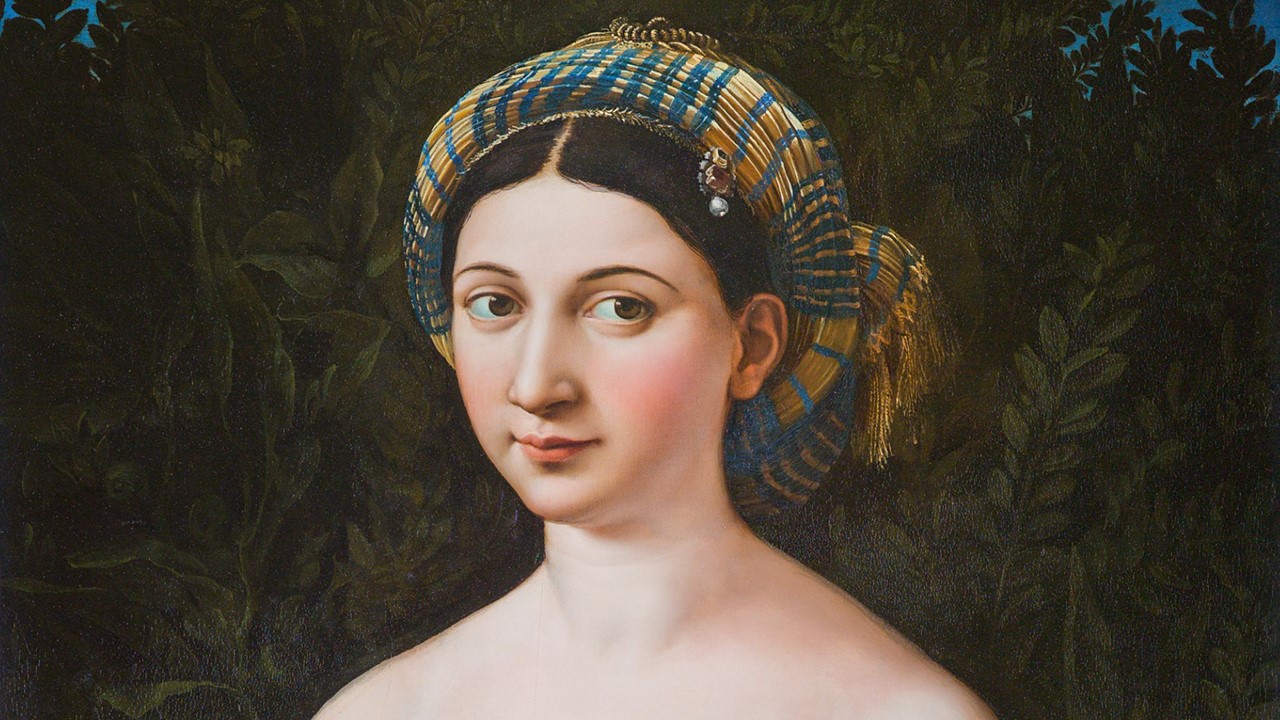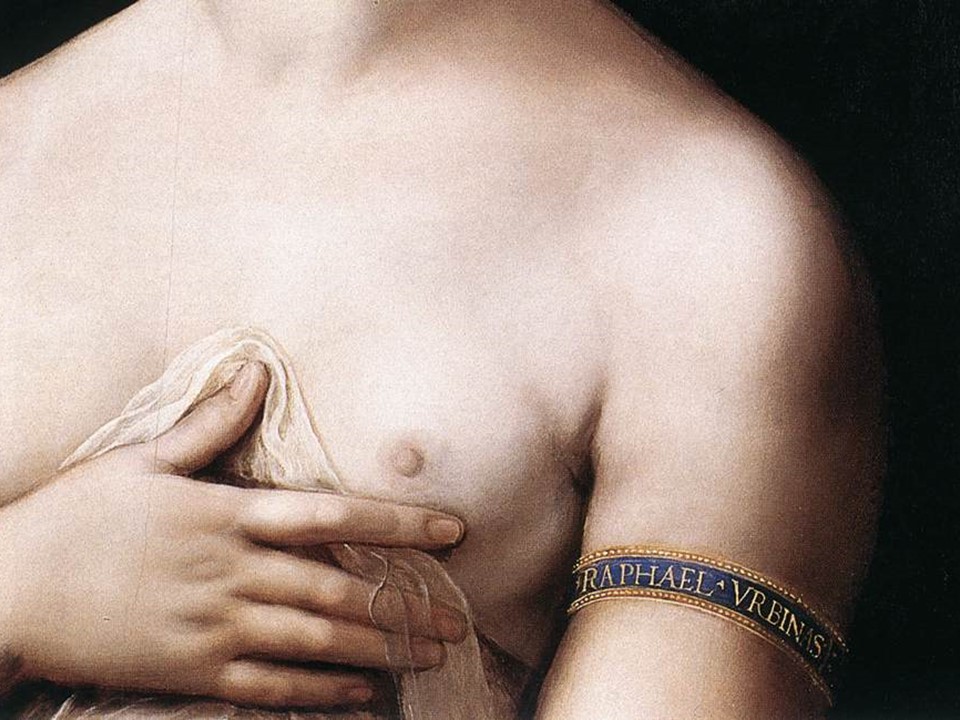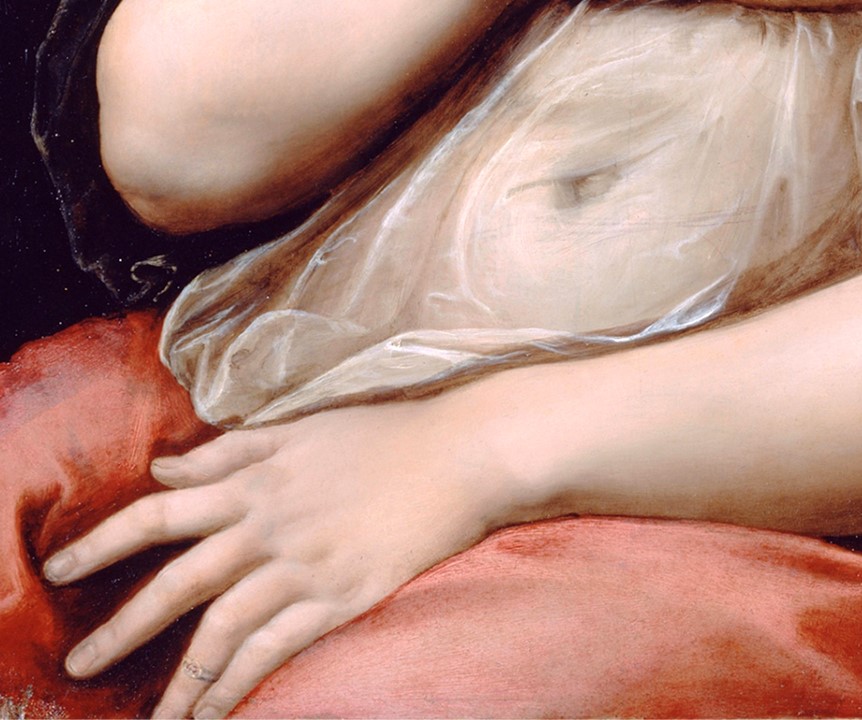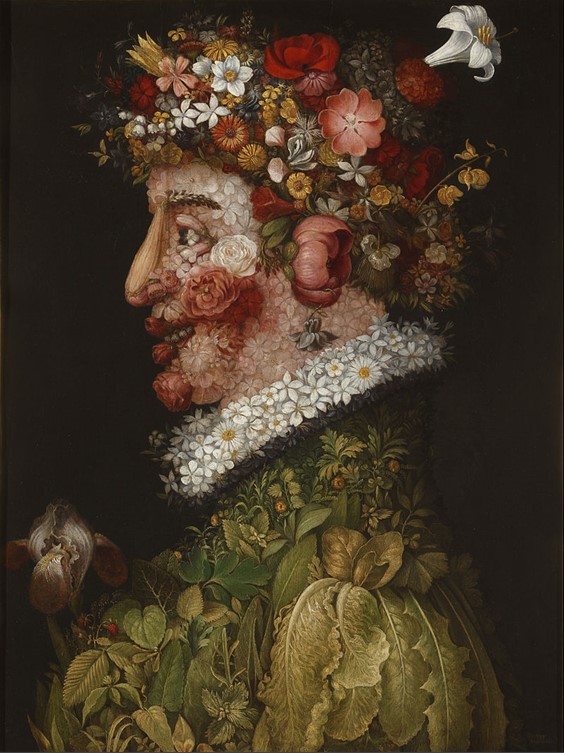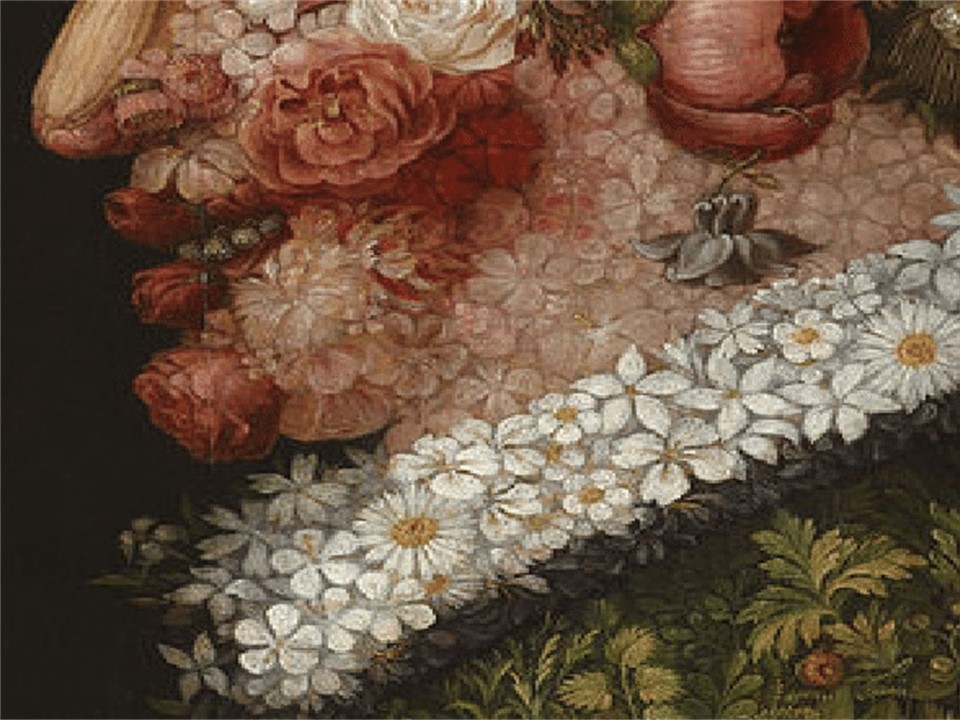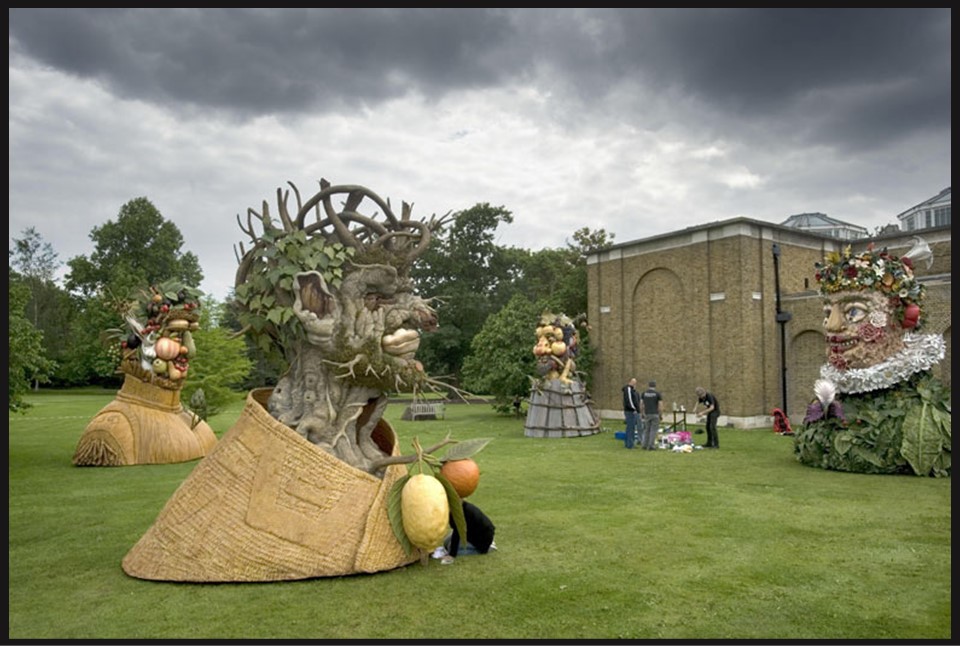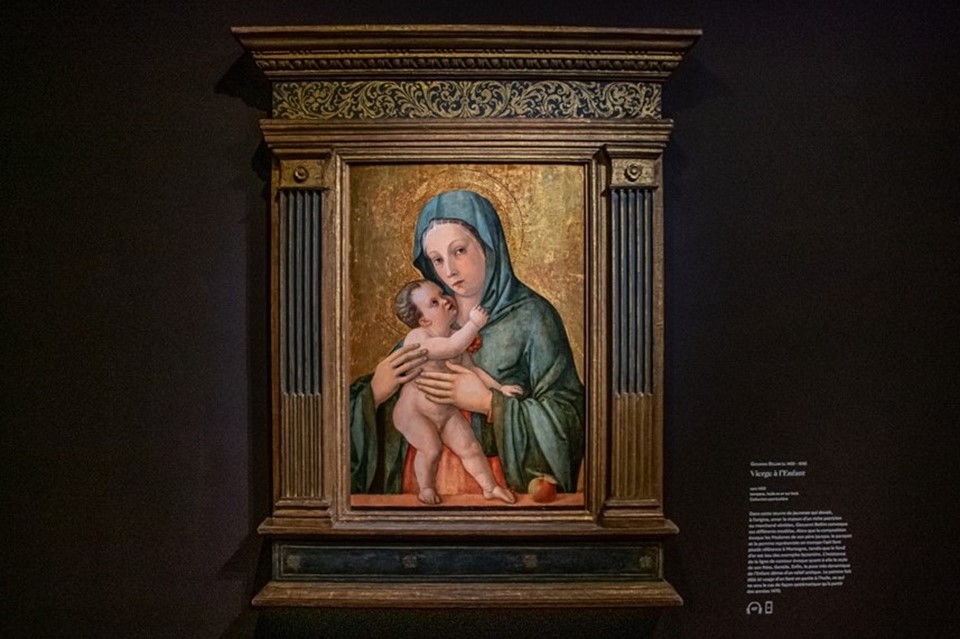
The Madonna and Child at a Ledge with an Apple: “The Philips Madonna”, c.1459-1460, tempera, oil and gold on a panel of poplar, 76.8 x 53 cm, Private collection
https://www.sortiraparis.com/album-photo/101484-exposition-giovanni-bellini-musee-jacquemart-andre
Giovanni Bellini opened the way to the art of colour and tones that came to be characteristic of the art of the sixteenth century in Venice… write the Musée Jacquemart-André experts, Neville Rowley and Pierre Curie, introducing the Exhibition GIOVANNI BELLINI Influences croisées (Paris, from 3 March to 17 July 2023). For a private, intimate, Museum like the Jacquemart-André, gathering fifty artworks of the great Venetian master, from public and private European collections, some of which were put on display for the first time, this exhibition was one more great accomplishment. The Exhibition’s goal is to compare the artist’s works with those of his intellectual models, and thus showcase how his artistic language has never ceased to renew itself while developing its very own unique style. Not an easy task… but in creating an effective ‘dialogue’ between Bellini’s works and the ‘models’ that inspired them… the Museum experts were successful in organizing a most interesting Exhibition! While in Paris for four days, the Musée Jacquemart-André Exhibition on Bellini was the first to visit, and thoroughly enjoy it! https://www.musee-jacquemart-andre.com/en/giovanni-bellini
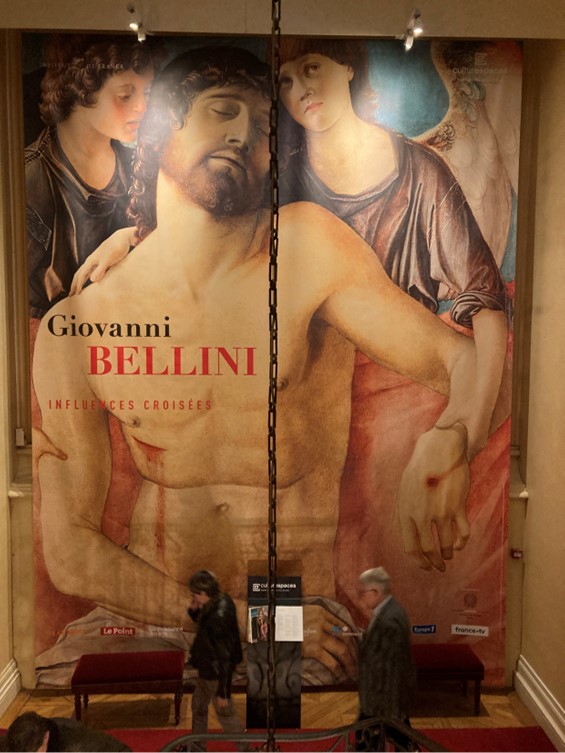
Giovanni Bellini (c. 1430 – 1516) was an Italian Renaissance painter, considered one of the greatest Venetian painters of the 15th century. Born in Venice, he was part of a famous family of artists, including his father Jacopo Bellini, his brother Gentile, and his brother-in-law Andrea Mantegna. His style is characterized by the use of rich, glowing colors, an interest in light and atmospheric effects, and his ability to create a sense of depth and space in his paintings. He is known for his religious paintings, which often featured devotional themes such as the Madonna and Child.
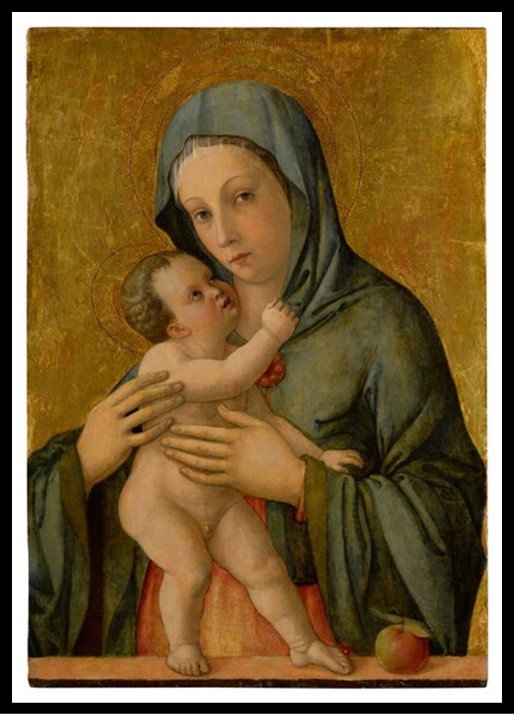
The Madonna and Child at a Ledge with an Apple: “The Philips Madonna”, c.1459-1460, tempera, oil, and gold on a panel of poplar, 76.8 x 53 cm, Private collection
https://www.sothebys.com/en/buy/auction/2022/master-paintings-sculpture-part-i/the-madonna-and-child-at-a-ledge-with-an-apple-the
The Madonna and Child at a Ledge with an Apple, also known as The Philips Madonna, caught my eye. I am always attracted to Byzantine-influenced Venetian paintings of the Madonna, and Bellini’s Phillips Madonna, painted circa 1460 was no exception. In 1453, when Constantinople fell into the hands of the Ottoman Empire, thousands of refugees flocked to Venice, bringing with them many Greek manuscripts, icons, and relics. It was only natural for the young artist, who had just set up an independent workshop in 1459 in the parish of San Lio, near the Rialto Bridge, to be attracted to an artistic tradition with deep roots in his native city. https://www.musee-jacquemart-andre.com/en/giovanni-bellini
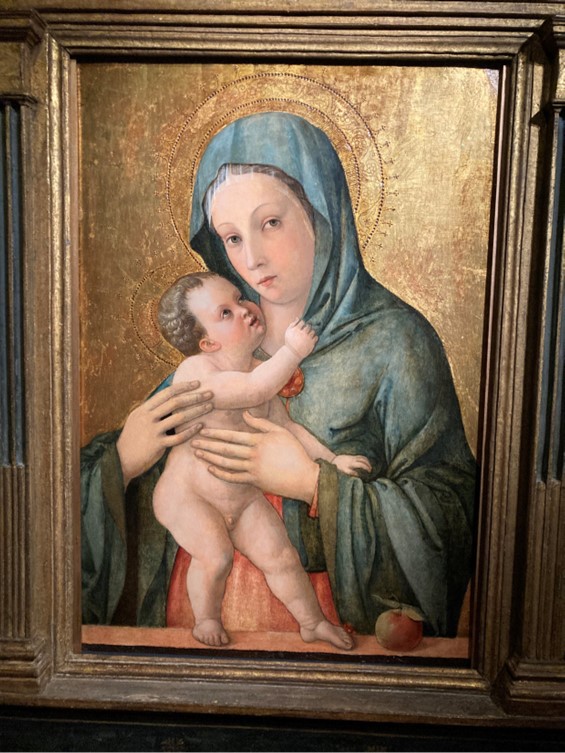
Yet, Bellini’s progressive approach to the subject of the Madonna and Child is evident. The Philips Madonna gold ground on which the image is painted represents the Byzantine influence still evident and popular in the city of Venice, but the dynamism of the pose of the figure of the infant Christ… demonstrates Bellini’s awareness of the “new style” being formulated throughout Italy. https://www.sothebys.com/en/buy/auction/2022/master-paintings-sculpture-part-i/the-madonna-and-child-at-a-ledge-with-an-apple-the
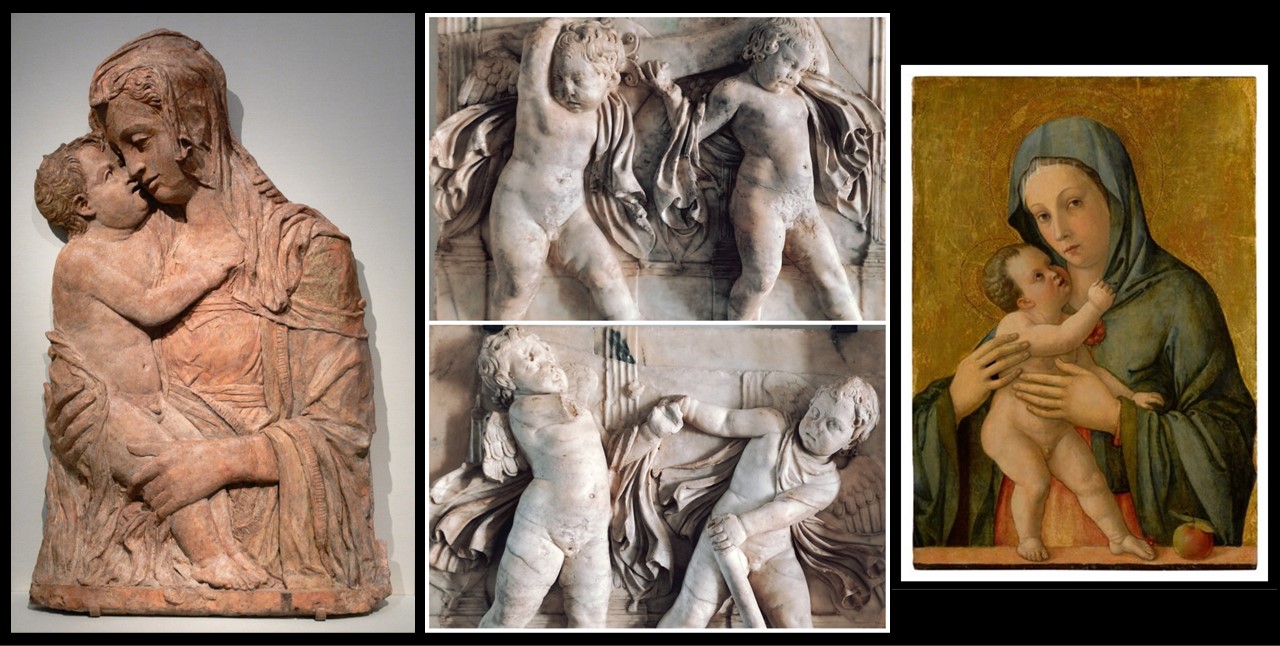
The Madonna and Child at a Ledge with an Apple: “The Philips Madonna”, c.1459-1460, tempera, oil and gold on a panel of poplar, 76.8 x 53 cm, Private collection
https://www.sothebys.com/en/buy/auction/2022/master-paintings-sculpture-part-i/the-madonna-and-child-at-a-ledge-with-an-apple-the
Attributed to Donatello, 1386–1466
Madonna and Child (The Borromeo Madonna), circa 1450, terracotta, 83.5×52.1 cm, Kimbell Art Museum, TX, USA https://commons.wikimedia.org/wiki/File:Donatello_Borromeo_Madonna_Kimbell.jpg
Putti of the throne of Saturn, 1st century AD, marble, 58,5 x 69 cm, National Archaeological Museum of Venice https://www.facebook.com/archeovenezia/photos/a.335181736569328/3017256798361795/?type=3
According to Sotheby’s experts, who auctioned the painting on the 27th of January 2022, Bellini’s composition echoes the terracotta reliefs of this same theme by Donatello, whose own work had made such an impression in Venetian artistic circles during the previous two decades. The painting’s Child is also connected, by Mauro Lucco, to the putti in the so-called “Trono di Saturno,” a pair of ancient reliefs that decorated an archway between Piazza San Marco and the Frezzaria. These amazing Roman bas-reliefs furnished inspiration not just for Donatello and Giovanni Bellini, but also for Mantegna, Titian, and Sansovino.
A delightful painting in an Exhibition worth visiting!
For a Student Activity on GIOVANNI BELLINI Influences croisées, please… Check HERE!
